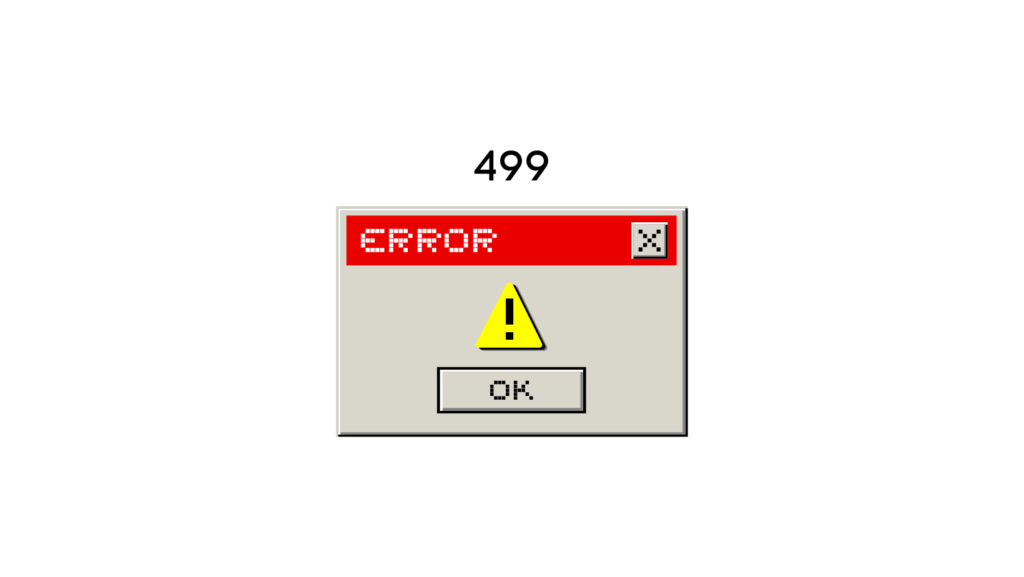The HTTP status code 499 is not a standard HTTP status code defined by the HTTP/1.1 specification or other common HTTP specifications like HTTP/2. Instead, it is often used by certain web servers, like Nginx, to indicate that the client (usually a web browser) closed the connection before receiving a response from the server.
In essence, the status code 499 is not a part of the official HTTP standard, but rather a custom code introduced by specific web server software to handle cases where the client disconnects abruptly. It’s mainly used for diagnostic purposes to understand when clients are terminating their connections prematurely.
How Can You Avoid It
Error Handling– If your server application has any error handling mechanisms that could cause connections to close unexpectedly, review and refine those mechanisms to avoid premature disconnections.
Response Timing– Make sure your server has enough bandwidth to return the response on time. If the response takes too much time to get delivered from your server to the client then the client will abruptly close the connection. So, make sure your response is delivered timely.
Client-Side Scripting– If you are using client-side scripts (JavaScript) to interact with the server, ensure that your scripts handle errors gracefully and do not close connections prematurely.
Additional Resources
- How To Use Cloudscraper using Python To Bypass Websites Protected By Cloudflare
- 429 Status Code – What is it & How to Avoid it
- 403 Status Code: What is It & How To Bypass It
- Tips To Avoid Getting Blocked While Web Scraping
- How To Avoid 1020 Cloudflare Error?
- What is Cloudflare 1015 Error & How To Bypass It
- How To Bypass Amazon Captcha & Avoid IP Ban While Scraping
- How to Bypass 999 Response When Scraping LinkedIn Profiles
- Challenges in Web Scraping & How To Overcome Them
